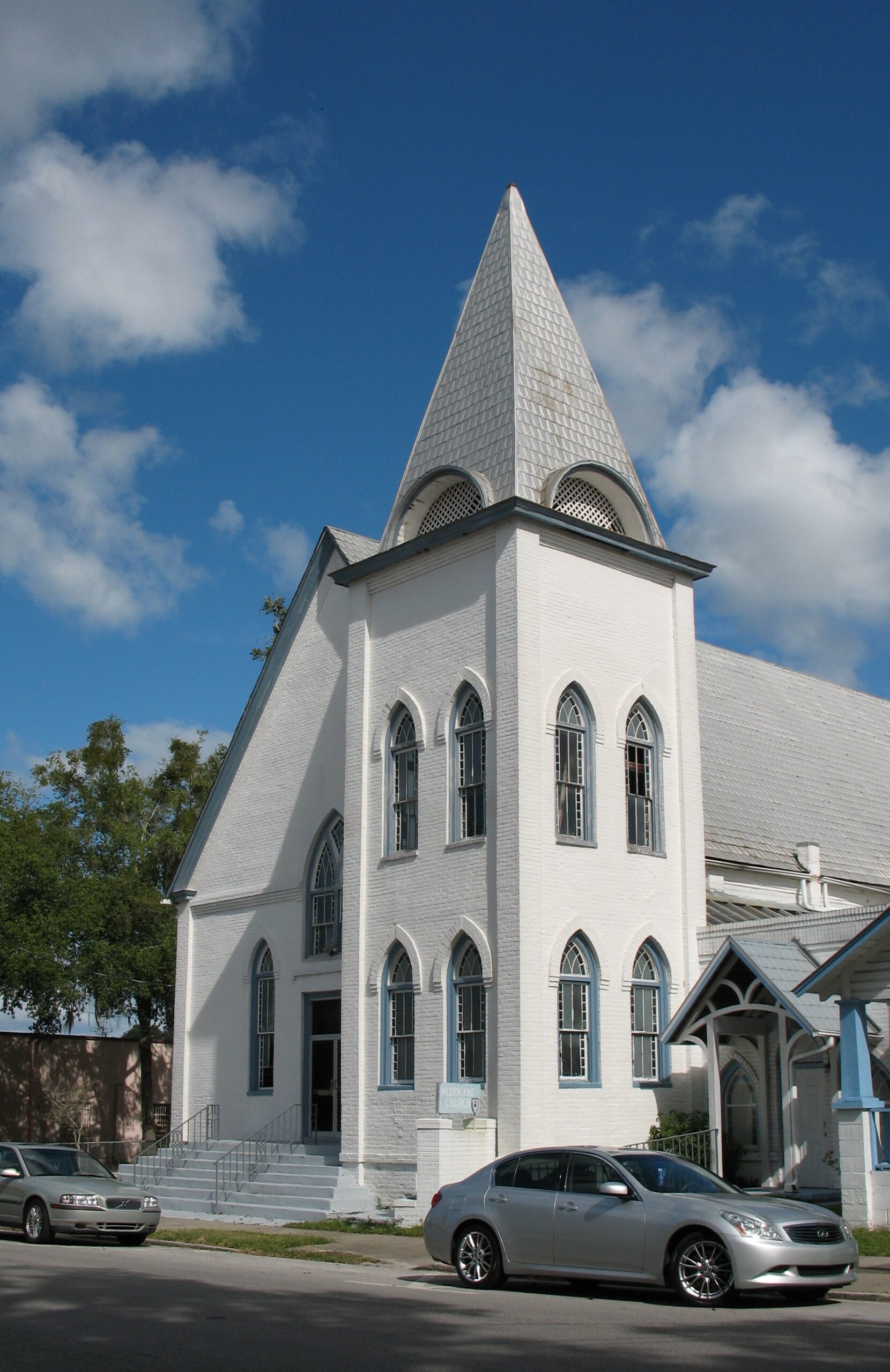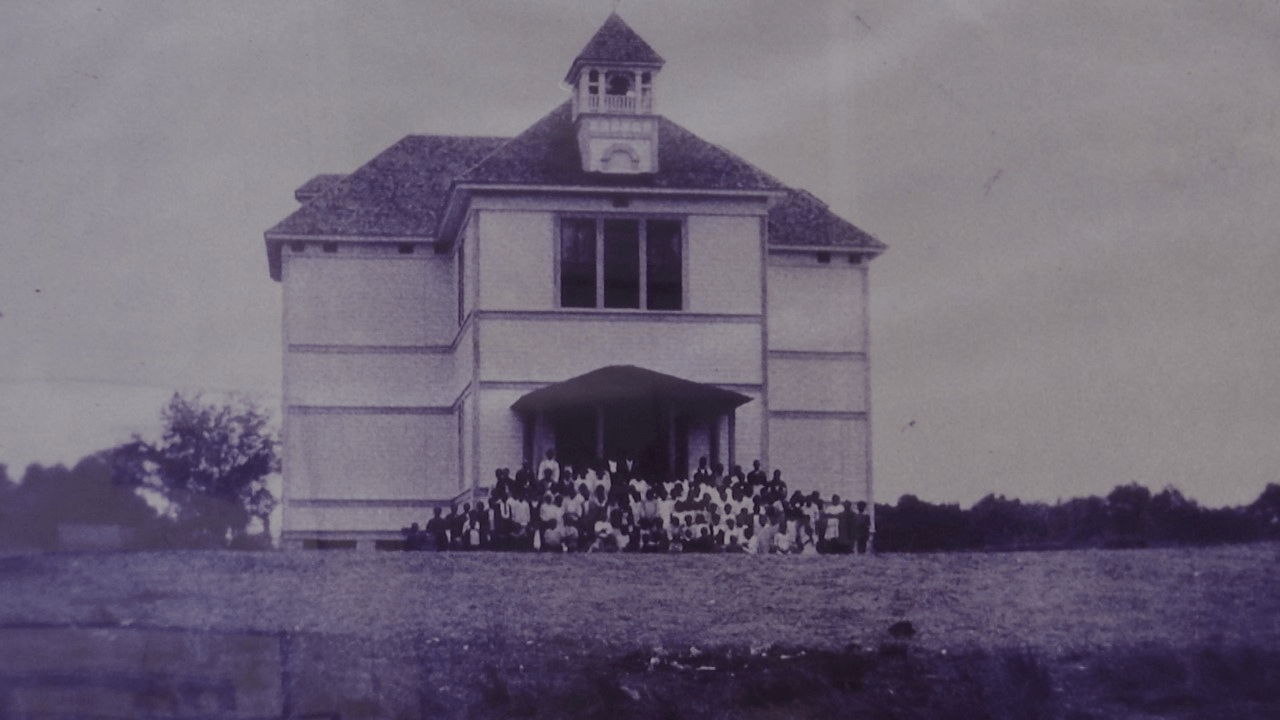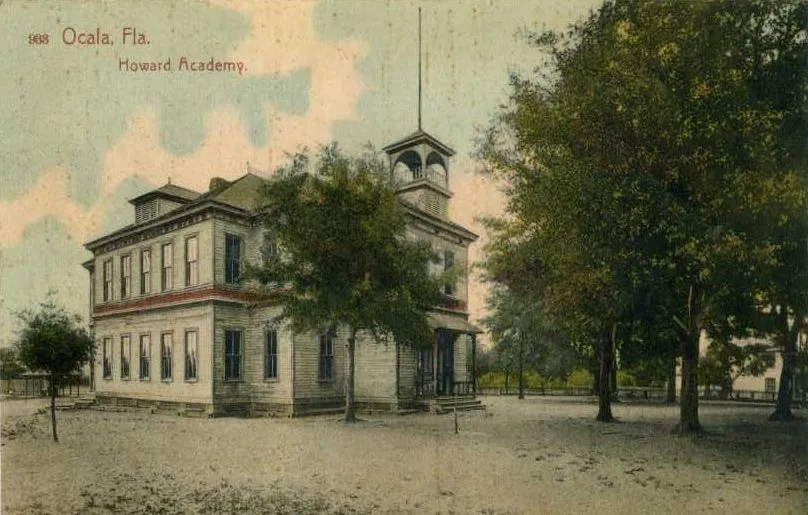West Ocala

Our West Ocala District
In January of 1889, the Semi-Tropical Exhibition Hall was constructed just west of the city limits along West Broadway, between 22nd and 24th Avenues. The Hall housed horticultural and agricultural products, natural curiosities, and products from every industry. The Hall sat on 40 acres of grounds with a panorama of tropical plants, flowers, rustic arbors, rockeries, and fountains. A band played music there three times a week and the dance floor was said to be the largest in the South. West Broadway was temporarily renamed “Exposition Street.” The hall displayed horticultural and agricultural products of Marion County, Marti City and “The Harlem of Ocala”.
In the late nineteenth century, promotional literature touted West Ocala as similar to “New York’s Harlem” ¦the coming popular city district for fashionable residence.” It described the area as having electric lights, city water and fire protection, and a street railway. It described in detail the Exposition Hall and the area surrounding it.
Included near the Hall was a burgeoning cigar village. When the Exposition Hall opened in 1889, Cuban workers from Tampa were employed to demonstrate cigar making. Shortly after, several cigar factories were constructed just west of the Exposition building. This area was originally called “Havanatown.” The cigar village was bordered by N.W. 4th Street, Martin Luther King Blvd., S.W. 24th Avenue and S.W. 7th Place. The area was later named “Marti City” after a visit there by Cuban patriot Jose Marti. Between 1889 and 1906, 13 cigar factories were located in Marti City.
By this period, Ocala was beginning to expand outside of its original city limits. The majority of African American residents began to settle west of the downtown core. Several rail lines ran north-south and east-west through the neighborhood. Ocala’s main east-west thoroughfare, Broadway (now Silver Springs Boulevard), was the commercial heart of downtown. The street was home to many of Ocala’s most prosperous African American businessmen and leaders.
Some of Ocala’s most distinguished African Americans lived, went to school, and worked in West Ocala. In 1881, F.P. Gadsden organized the Ocala Bazaar, which was located on South Magnolia Street near the courthouse. The Ocala Bazaar became the largest store of its kind in Ocala, at one point employing 20 clerks to serve both both black and white customers. In 1888, Gadsden was elected City Treasurer and Tax Collector and served for four years. In 1903, he was elected to City Council. Gadsden made his home in West Ocala in a large home in the 400 block.
In 1891, West Ocala residents celebrated a historic event when the Metropolitan Realty and Investment Company was organized by Mr. Gadsden with several partners. It was the first African American corporation to be granted a charter by the State of Florida. The company was originally a building loan corporation but later added a realty investment company.
The 1920s saw a rise in the number of African Americans entering professional fields. Howard Academy had been the training ground for many future doctors, businessman, and political leaders. In 1925, Dr. R.S. Hughes opened the American National Thrift Association Hospital, which was the only facility to treat African Americans for hundreds of miles. Located on West Broadway and Pine Street, the hospital not only served residents of West Ocala but of greater Marion County and beyond. Dr. Nathaniel Hawthorne Jones and Dr. E.E. Lamb also had their offices on West Broadway during the 1920s. Black-run businesses extended west from Magnolia Street to 16th Avenue.
In 2000, the City of Ocala undertook a study of West Ocala that expanded upon the 1989 survey. Over 350 historic resources located in the West Ocala area were surveyed and a National Register nomination was prepared for the core of the historic neighborhood. This history was compiled as part of that project.
Other efforts to recognize West Ocala’s history including the Marti City historical marker erected by the Cuban American community of Marion County. The marker is located in Tuscawilla Park about 2 miles northeast of Marti City. Chesnut Cemetery was receiving recognition as the final resting place for many of West Ocala’s most prominent citizens. The cemetery had suffered from neglect over the years but civic groups now tend to its care.



